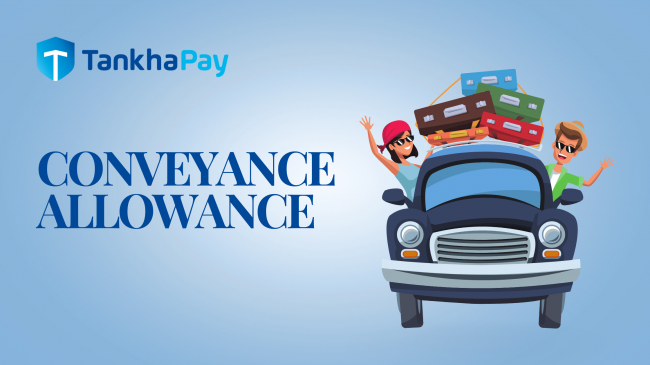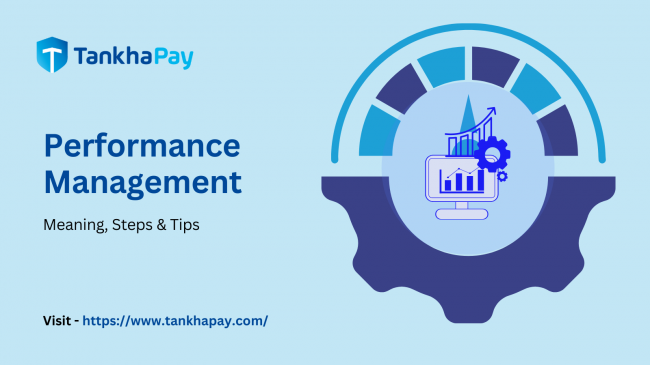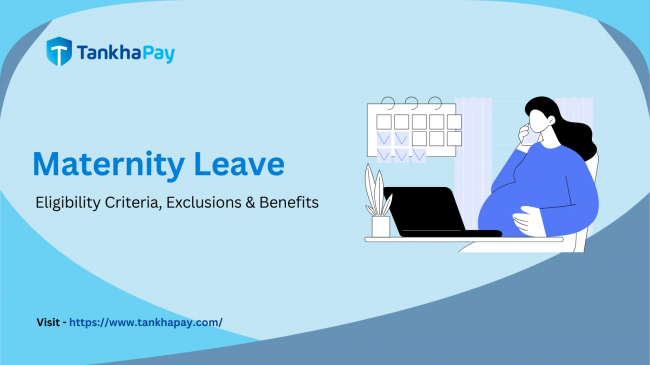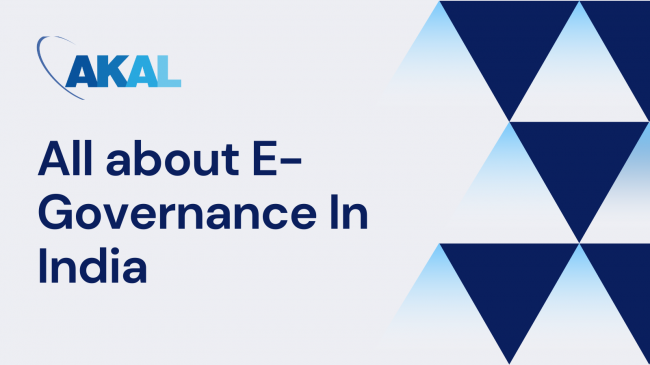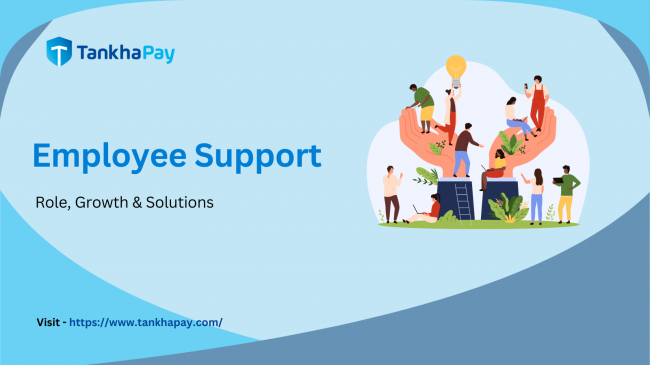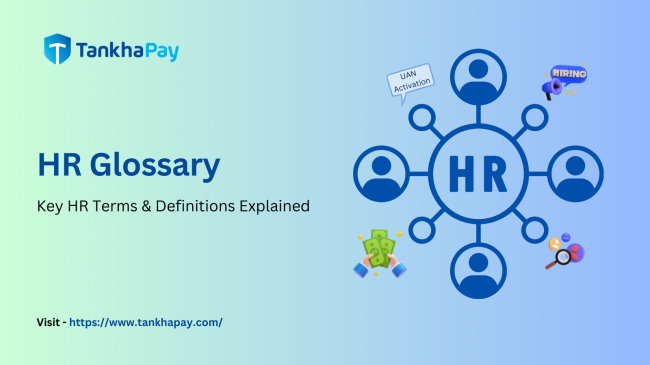Often, employees need to travel to other locations for official business work. Since the expense incurred is considered a business expense, the company is liable to compensate the employee for the same. Such allowance is generally referred to as Conveyance Allowance or Travel Allowance
The Conveyance Allowance is a financial benefit provided by employers to assist employees in managing their daily commute to and from the workplace. Unlike other elements of an employee's compensation package, this allowance is specifically earmarked to offset expenses related to business travel. The principal aim is to mitigate the financial strain of commuting while acknowledging the costs associated with employees navigating contemporary transportation systems.
Companies often provide special allowances to employees as a gesture of appreciation for their exceptional performance. It is credited to them as a part of their salary to cover the expenses incurred while performing their official duties. Moreover, they come with tax benefits, which employees can claim while filing their returns.
What is the Conveyance Allowance
Conveyance allowance or transport allowance is provided by the company or employer to compensate employees for the expenses of commuting between their residence and the workplace.
Conveyance allowance is given as per the employer's policy, taking into account the distance between the employee's place of residence and workplace as well as the type of mode of transport used.
Conveyance Allowance Features
Conveyance allowance is provided to salaried employees as compensation for the expenses they incur in travelling to and from their workplace.
Companies that offer transportation facilities to employees are not required to offer conveyance allowance.
The employee does not need to provide any documents, receipts, pay slips or any other proof of receiving conveyance allowance from employers.
If the employees have not been offered or provided with a company transport facility, they can utilize conveyance allowance benefits, regardless of the actual transport expenditure.
Employees must maintain proof of their conveyance expenditure, such as fuel receipts, tolls, parking, and other travel-related expenses when filing for tax claims.
Conveyance allowance may be grouped with other allowances such as Special Allowance.
The exemption limit for every salaried individual is set at INR 1,600 per month or INR 19,200 per year.
The amount payable as an allowance depends on the distance the employee must travel and the modes of transportation used. As the employee travels a greater distance, the conveyance allowance amount increases accordingly.
Subsection 14 of section 10 of the Income Tax Act, 1961, read with rule 2BB of the Income Tax rule, deals with the exemption of conveyance allowance. An amount paid above the limit of conveyance allowance would be chargeable to tax under the head income from salaries. Exemption of an amount up to INR 19,200 per annum is applicable under section 10(14)(ii) of the Income Tax Act.
Special Exemptions and Provisions
Certain individuals are eligible for a higher level of exemption due to specific provisions. These categories encompass:
Visually impaired or physically handicapped employees receive a conveyance allowance deduction set at Rs. 3,200 monthly, irrespective of the organization's private or public nature.
UPSC members, under Section 10 (45) of the Income Tax Act, are exempt from paying tax on conveyance allowance.
How to Calculate Conveyance Allowance?
The calculation of conveyance allowance does not follow a specific formula. It is simply based on the employee’s basic salary. There is no prescribed limit on the amount of conveyance expenses that a company can provide to its employees. However, if the amount exceeds the exemption limit, it becomes taxable.
The conveyance allowance tax exemption limit stands at Rs. 1,600 per month, independent of the employee’s income tax bracket. In the event that an employee receives any special taxable allowance, they have the option to allocate Rs. 1,600 from it as a conveyance allowance and thereby seek tax exemption.
Allowances exceeding the specified limit are included in taxable income under 'salaries' and taxed based on the relevant income tax slab.
Example:
ABC Company offers its employees a monthly special allowance of Rs. 6000, fully taxable. Employees can designate Rs. 1,600 as a conveyance allowance for tax exemption, but should seek guidance from a tax expert.
Travel Allowances for Central Government Employees
Conveyance allowance is paid by employers to their employees only if there are no company transportation facilities available. This allowance is calculated as a part of the basic salary of the employee and up to a specific amount, exempt from taxation.
Consolidated Travel Allowances
The employing authority has the discretion to grant permanent monthly traveling allowance to Government officials whose duties require frequent travel.
Such an allowance shall be in lieu of all other forms of travelling allowance for a journey within the Government servant's sphere of duty and may be drawn all year round, whether the Government servant is absent from his headquarters or not.
A permanent travelling allowance shall not be drawn during leave, temporary transfer, or joining time or, unless otherwise expressly provided in the rules in this chapter, during any period for which travelling allowance of any other kind is drawn.
A Consolidated Travel Allowance replaces various transportation allowances for government officials commuting within their duty limits. Any government employee required to travel for work is eligible to receive this allowance, sanctioned by a competent authority.
The employee can claim a permanent travelling allowance, even when stationed at headquarters throughout the year.
The employee is ineligible for this benefit during joining periods, temporary leaves, or transfers unless specified in the chapter rules allowing for the drawing of any type of transportation allowance during those periods.
Conveyance Allowance Exemption Deduction
Besides the conveyance allowance, which exempts your taxable income (salary) from tax, there are other options for reducing your tax obligation. These include:
Plans for life insurance provide useful tax advantages. Upto INR 1.5 lakh of the premiums paid may be deducted from taxable income under Section 80C. The death benefit of the policy is entirely tax-free. Section 10 allows you to claim a tax deduction if your premium was within 10% of the sum assured.
Health insurance plans are also tax deductible. Section 80D of the Internal Revenue Code provides for tax-free deductions for health insurance premiums. The maximum deduction is INR 25,000 for normal taxpayers and INR 50,000 for senior citizens. You may deduct more funds if you get health insurance for your parents. The maximum deduction would likewise be INR 25,000 or INR 50,000, depending on your parents’ ages.
Contributions to the PPF plan, NSC, SSY, SCSS, 5-year fixed deposits, and so on are also tax deductible under Section 80C, up to a ceiling of INR 1.5 lakhs.
ELSS mutual fund programmes permit tax advantages on investments made under Section 80C regulations.
According to Section 80C, the loan principal you repay is deductible as a business cost. Sections 24(b) and 80EEA both allow the use of paid interest as a tax-free item. However, the deduction under Section 80EEA is subject to a few conditions.
Examine your wages to see whether your employer gives a transport allowance. If your employer does, you may reduce your tax liability by claiming a tax exemption on the amount.
FAQs About Conveyance Allowance
Q:1 If an employee chooses to use a transport service offered by the employer, would they be given a conveyance allowance?
Workers won't be given a conveyance allowance if employers offer transport services.
Q:2 What additional benefits do employers provide?
The following are some additional allowances that employers may pay: medical reimbursement, House Rent Allowance(HRA), Leave Travel Allowance (LTA), and Dearness Allowance(DA).
Q:3 Can any cap be imposed on the maximum limit up to which conveyance allowance for 2022-2023 can be taken?
According to the most recent regulations set forth by the Income Tax Department of India, there is currently a standard exemption of ₹50,000 from the gross wage. The conveyance allowance is not excluded separately. If a company offers a transportation allowance, the ESI calculation is performed without it.
Q:4 Do central government employees receive tax-free transportation allowances when they drive their own car?
Employees of the central government who drive their own vehicle to work or to an office are reimbursed for travel expenses. Still, the employee is taxed on the transport allowance since it is included in their gross salary.
Conclusion
In a time when remote work is increasingly prevalent, the concept of conveyance allowance is adapting to new dynamics. Whether it involves supporting remote work infrastructure or acknowledging the hybrid nature of contemporary work arrangements, the flexibility of conveyance allowances becomes paramount.

